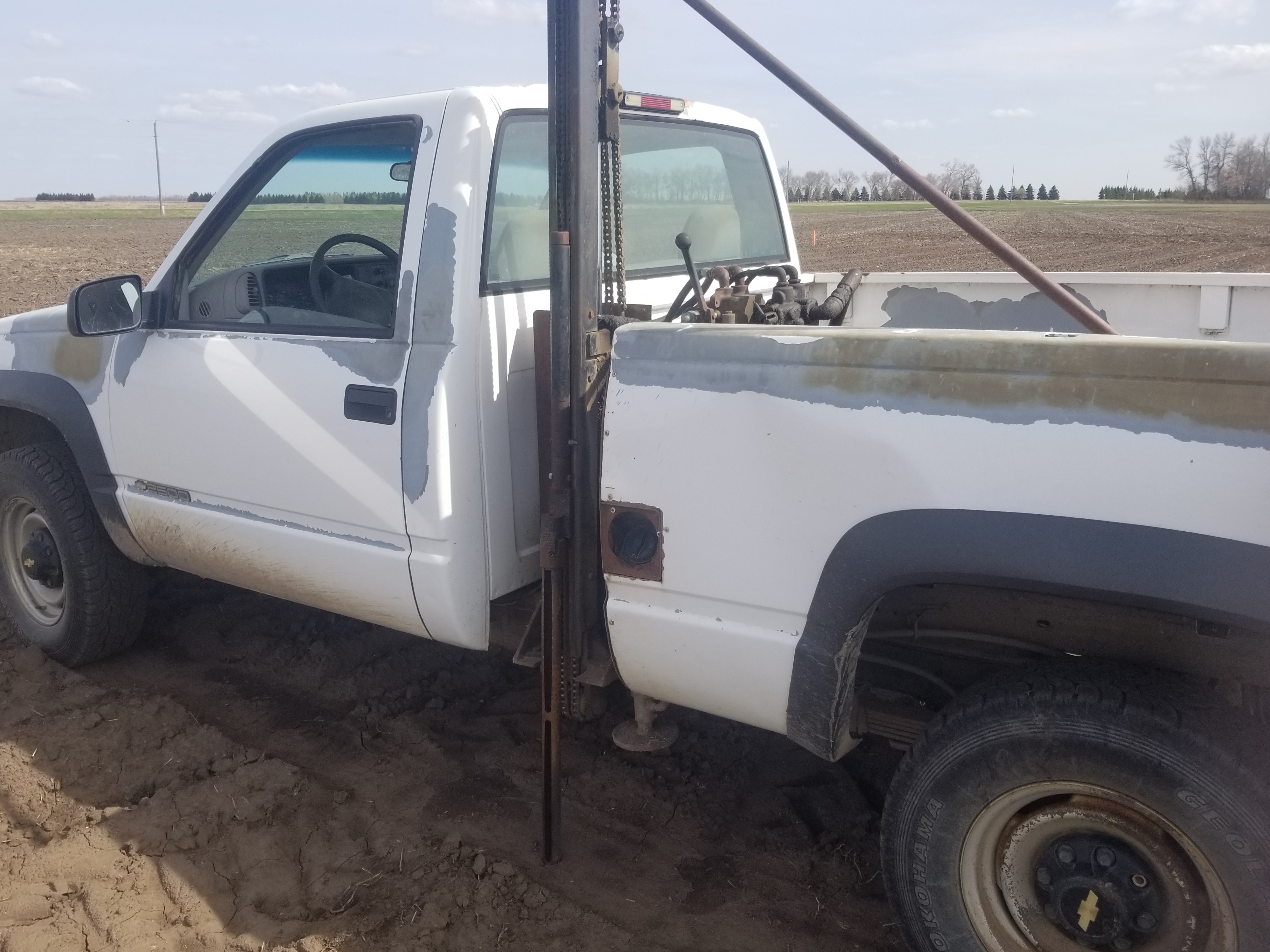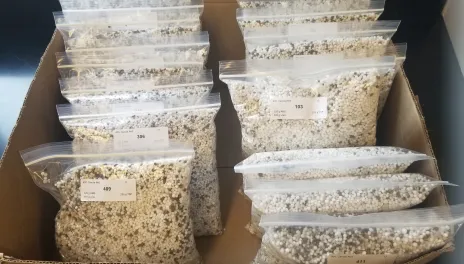Starting fertility trials
We are now in full swing of starting our trials this spring.
The Carrington REC soils program has conducted hundreds of fertility trials over the years, applying different nutrients, at various rates, and testing products.
There are some similarities in how these trials are conducted. Some of the protocols will have specified rates of a certain nutrient to be applied, while others specify rates that will be adjusted based on soil test and crop history. In those cases, it is important to have soil analysis results as early as possible. Even though we take composite soil samples in the fall from many of our fields, for fertility trials we sample soils specific to the trial area in the spring, too.
Therefore, our first spring activity is soil sampling, but sometimes this can be tricky. Core samples are usually 24 inches deep. After a dry winter, the top soil may be dry while deeper down is a frozen layer for our hydraulic probe to punch through. This year, we had to wait for the soil to drain: there was little frost because of a deep snow cover, but there was an abundance of melted water.

Once the required application rates of each nutrient to be applied are determined, we package the fertility treatments in our lab. Each plot that receives granular fertilizer as a treatment will be assigned a bag labeled with the name of the trial, the plot number, the treatment number and some information about the contents. Then fertilizer is weighed into each bag, and the bags are arranged according to the trial layout to facilitate application in the field.
Once treatments are prepared, we head to the field. The trial area is laid out using a tape measure and a right-angle prism. Then appropriate tillage is completed as needed and pre-plant herbicide is applied if necessary. Then individual plots are staked out inside the initial four corner boundaries. Granular fertilizer treatments are applied to each plot, carefully, by hand. Depending upon the protocol and the research objectives, the fertilizer will either be worked in with a cultivator or will be left on the surface.
At planting, along with setting the correct seeding depth, our planter passes must be exactly on top of the treatments that were applied. We reference the plot corner stakes as good visual guides.
Once all these details are done, we breathe a sigh of relief, knowing that our trials were started well, and we hope the weather cooperates for the rest of the growing season, too.
Szilvia Yuja
Szilvia.ZilahiSebess@ndsu.edu
Soils Research Specialist
